The internet’s evolution from Web1 to Web2 marked a massive shift in how we interact with content. In the days of Web1, most of us were passive observers. We consumed content, clicked through web pages, and absorbed the information in front of us. But Web2 changed the game. Suddenly, user-generated content (UGC) took center stage, with social media platforms allowing everyday people to become creators.
The Creator Economy
Creators began to thrive on platforms like YouTube, Instagram, and TikTok. More and more people saw a path out of the monotony of traditional 9–5 jobs and into the freedom of expressing their creativity online. Dreams of turning hobbies into careers spread like wildfire, especially among younger generations. The internet had become a place where passions could translate into money—at least, that’s how it seemed.
But not all is what it seems in the creator economy. While UGC grew exponentially, the distribution channels centralized in the hands of a few powerful platforms. Facebook, Instagram, YouTube, Twitch, and TikTok offered visibility and monetization, but at a significant cost. These platforms built empires on the backs of creators, offering just a fraction of the value in return.
first video from the @allinsummit - in conversation with @elonmusk available exclusively on @X(0:00) Besties welcome Elon via Starlink (05:31) Ukraine and Starlink (19:10) green shoots of @X (22:24) the creator economy and optimizing the @x experience(26:43) the ADL,… pic.twitter.com/vRpnrz3DLV
— The All-In Podcast (@theallinpod) September 12, 2023
Outside of the viral sensations and the top 1%, the majority of creators earn far less than they deserve. The promise that more content, more followers, and more engagement will lead to financial success is a mirage. Creators are stuck in a saturated landscape, struggling to stand out while the platforms reap the rewards of their labor.
Advertisers and sponsors join the fray, using the reach of content creators to push products, yet only a small percentage of that income trickles back to the creators themselves. Why do we continue to play this game? Why do we hand over control to platforms that profit off our creativity while keeping us locked in a system that restricts our freedom?
Creators are at the mercy of algorithms, which dictate what content gets visibility. Policies change without warning, leading to demonetization or shadowbans. Meanwhile, platform CEOs and executives pocket the profits.
Blockchain Brings Control
But the tides are shifting. The creator economy is ripe for a revolution. Transparency, fair compensation, and ownership are not just buzzwords—they are the foundation for a new era. Blockchain technology, coupled with stablecoins, offers creators the tools to take back control.
Blockchain introduces transparency and security into the creator economy, ensuring that every transaction is traceable and creators can receive instant payments. No more weeks of waiting for payouts. No more outrageous transaction fees. Stablecoins provide the added benefit of receiving payments in a reliable currency, free from the volatility of traditional cryptocurrencies. Many platforms are already integrating blockchain to allow creators to monetize their work instantly with stablecoins.
The future of the creator economy isn’t based on followers or likes—it’s based on real value, real money, and real autonomy. Blockchain technology is the key to reclaiming the power creators have lost to centralized platforms. It’s time to stop being exploited. Let’s build a future where creators can finally thrive on their own terms.
This article was written by Jonathan Azeroual at www.financemagnates.com.
You can get bonuses upto $100 FREE BONUS when you:
💰 Install these recommended apps:
💲 SocialGood - 100% Crypto Back on Everyday Shopping
💲 xPortal - The DeFi For The Next Billion
💲 CryptoTab Browser - Lightweight, fast, and ready to mine!
💰 Register on these recommended exchanges:
🟡 Binance🟡 Bitfinex🟡 Bitmart🟡 Bittrex🟡 Bitget
🟡 CoinEx🟡 Crypto.com🟡 Gate.io🟡 Huobi🟡 Kucoin.


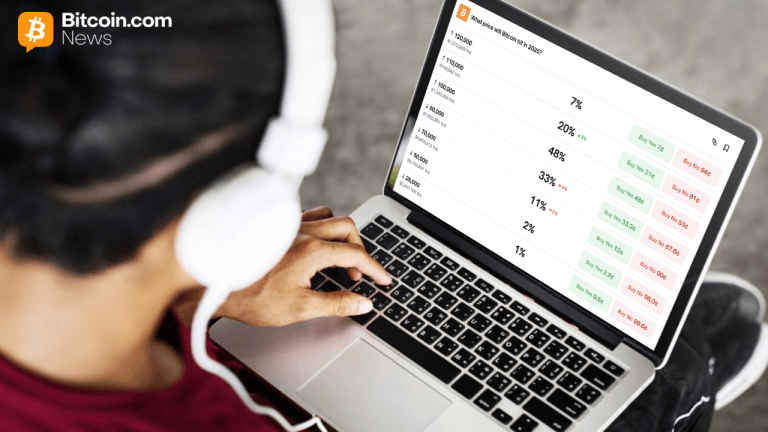
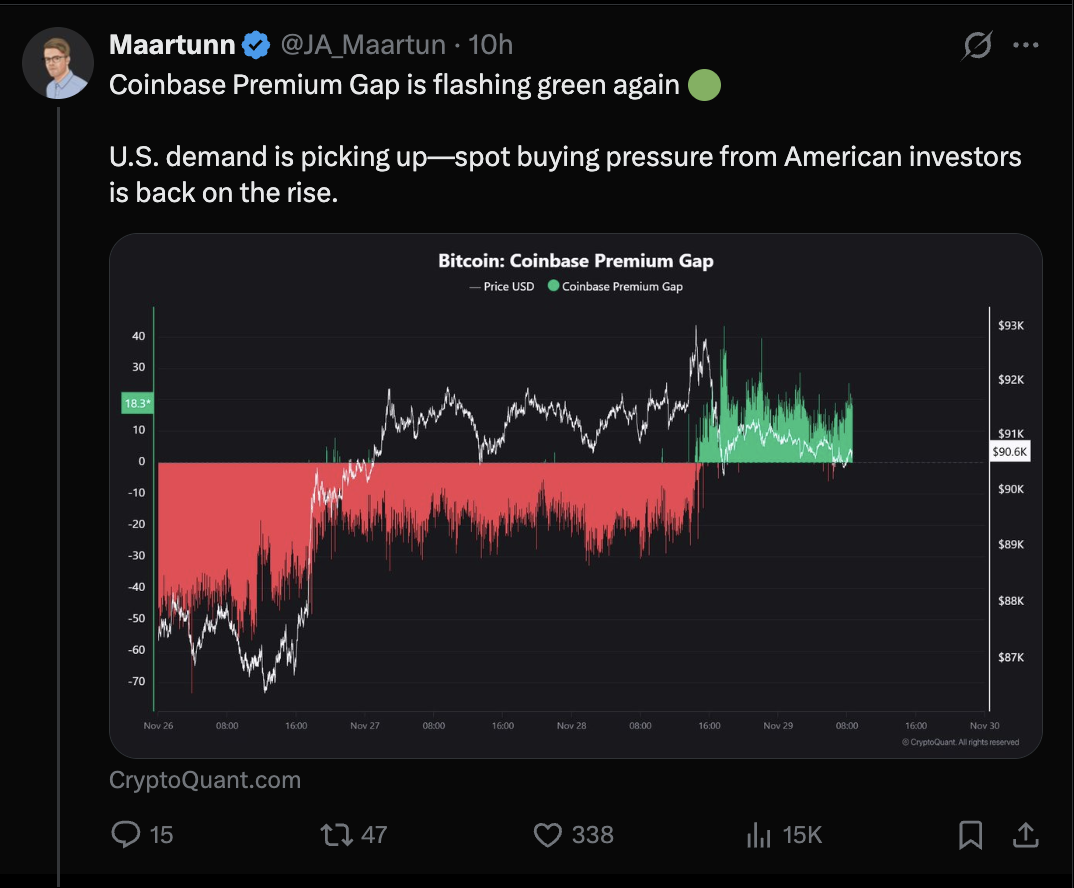
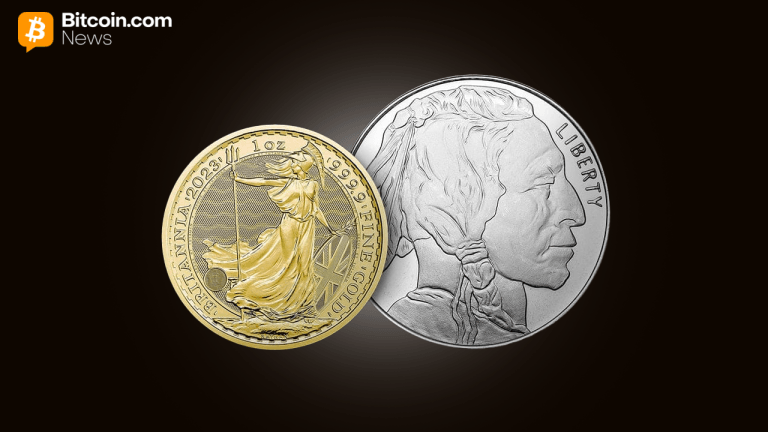
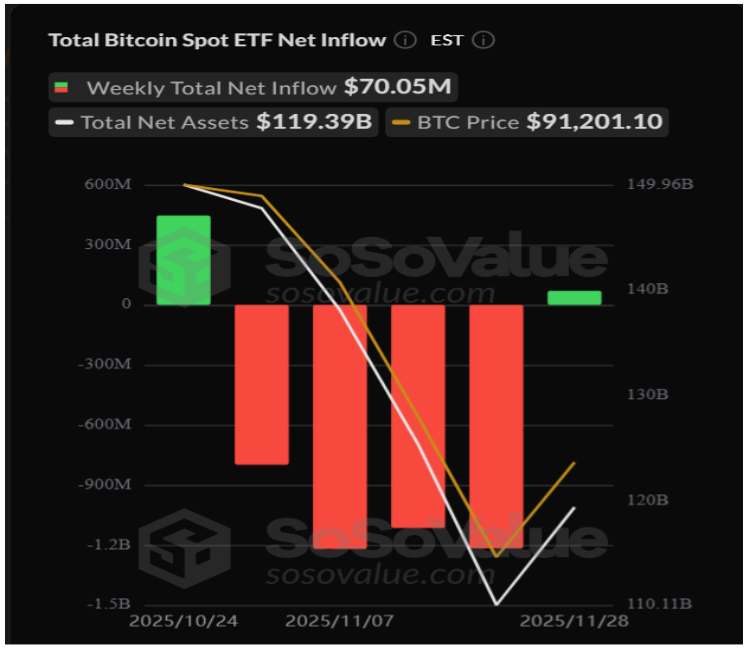

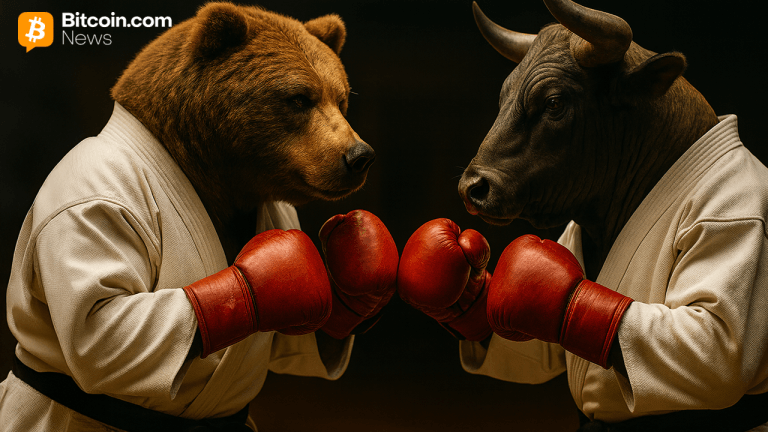

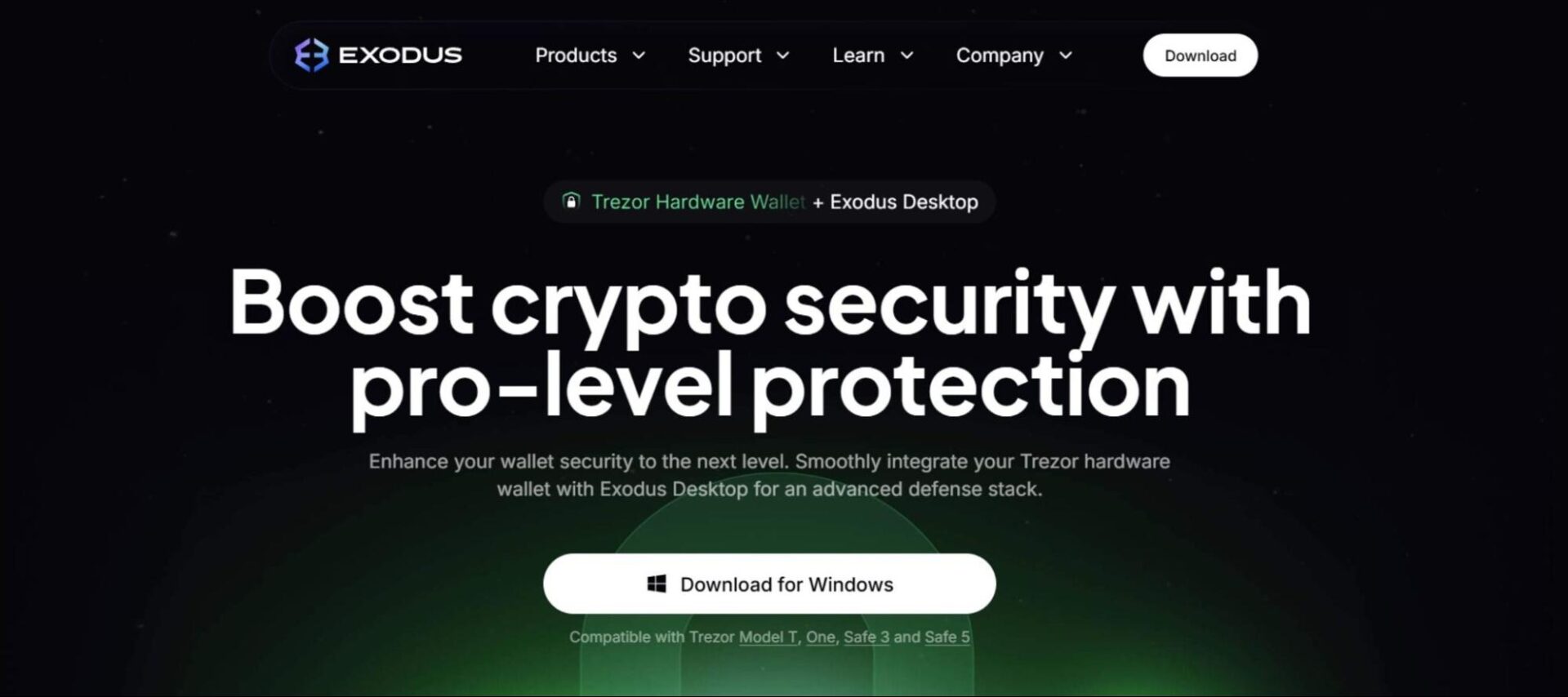
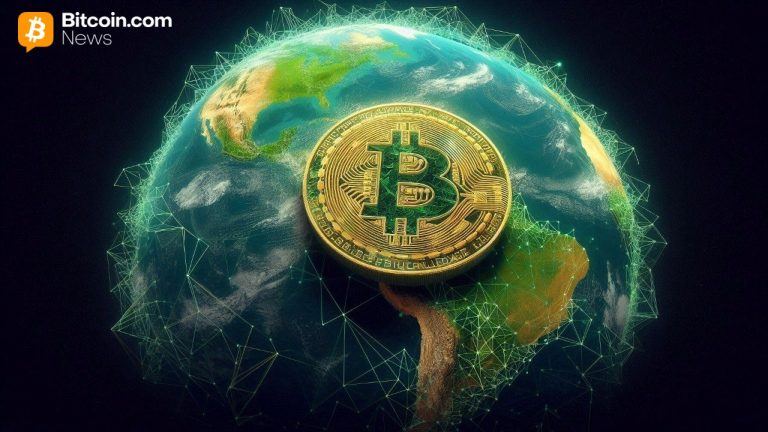
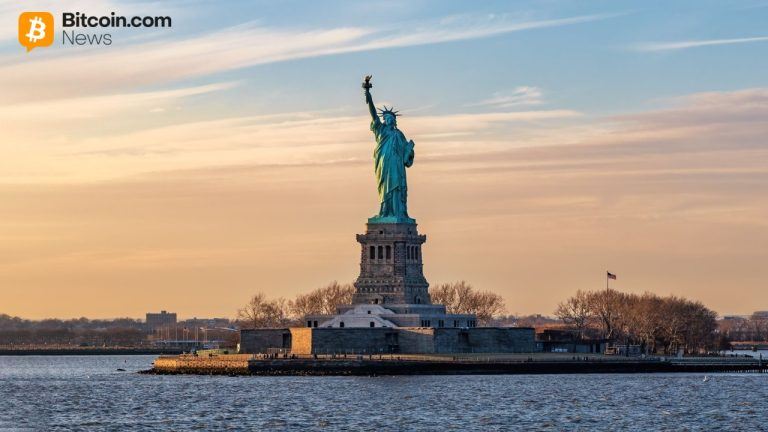
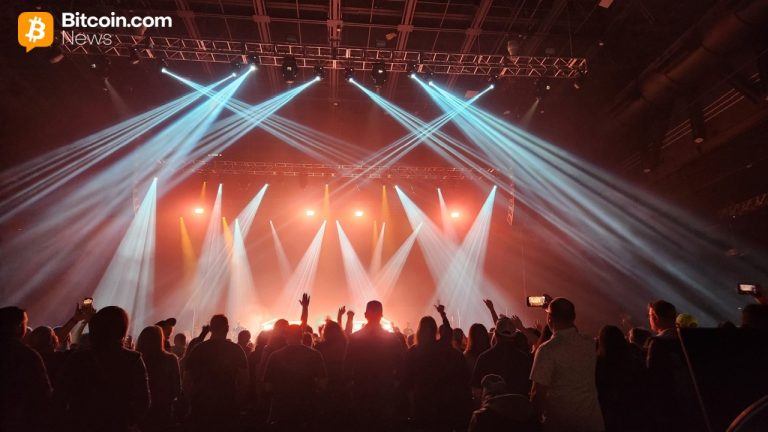


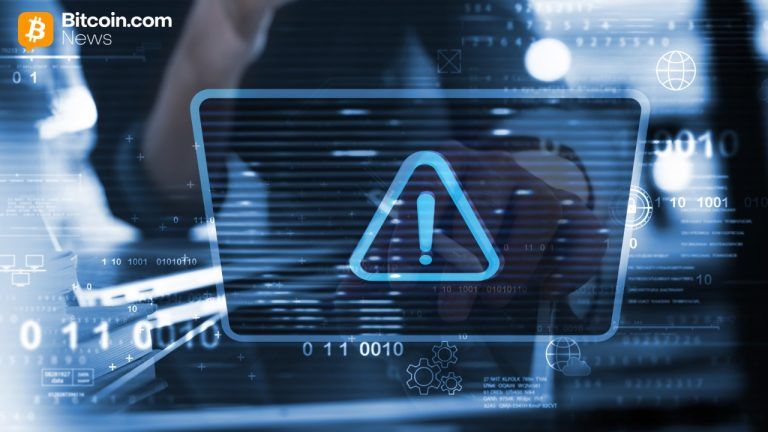


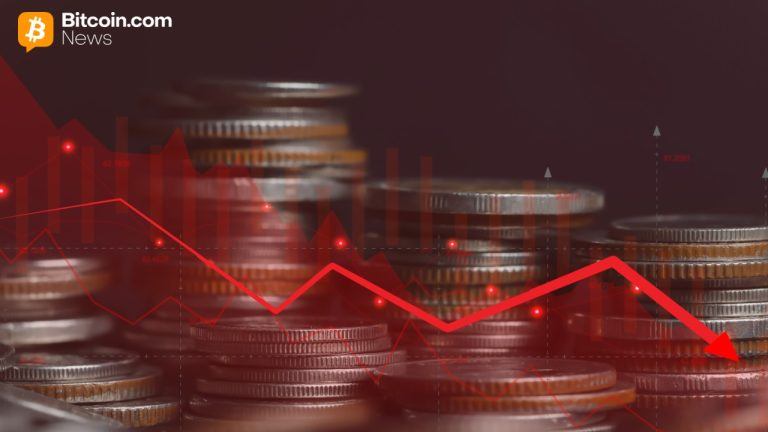

Comments